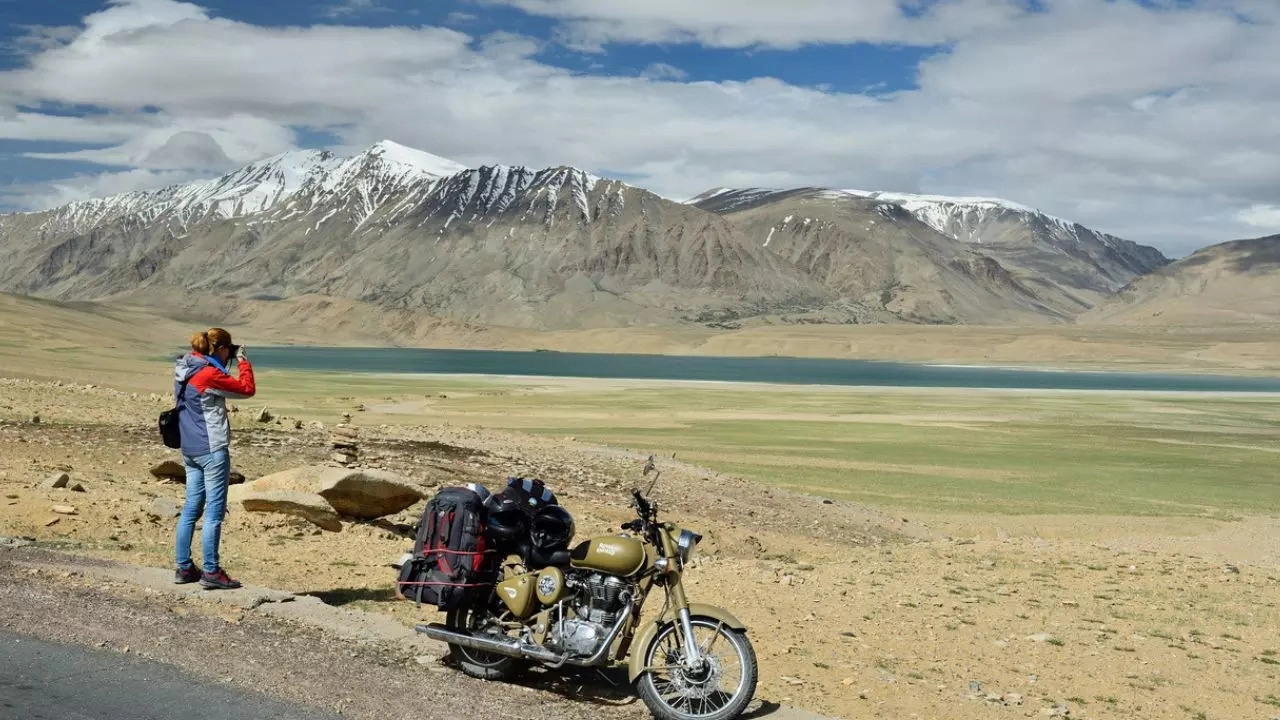Akanksha Arora • 03 Sep 2024
Noida Man Dies Of Altitude Sickness In Leh; Everything About This Condition And Tips To Stay Protected

Man Dies Of Altitude Sickness In Leh; Everything You Need To Know About This Condition And Ways To Stay Protected. (Image: iStock)
A 27-year-old man, based out of Noida, who went on a solo bike trip to Leh died due to oxygen deficiency, reports media. Chinmay Sharma worked as a digital marketing executive with a firm based in Noida. Chinmay left for the trip on August 22. Four days later, he spoke to his father about experiencing headache. His father advised him to take rest and seek medical attention.
Later in the same day, he told his father about having breathing problems. Worried about his son's condition, the father asked the hotel manager in Leh to take his son to the hospital. On August 29, Chinmay Sharma died during treatment.
Chinmay succumbed to Altitude Sickness. Leh is situated at an altitude of 10,000 feet. To prevent high-altitude sickness, it is often advised to acclimatise for a minimum of three days. Here is everything you need to know about this condition.
What Is Altitude Sickness?
Altitude sickness is the term used to describe medical conditions that can happen when you move to a higher altitude too quickly. It is important to know that the higher up you go, the thinner the atmosphere gets. It usually happens when your body has trouble adjusting to the difference in how much oxygen you are getting with each breath.Types Of Altitude Sickness There are many different types of Altitude Sickness.
- Acute mountain sickness (AMS): This is the most common form of altitude sickness.
- High altitude pulmonary edema (HAPE): This is when altitude sickness has started to affect your lungs, filling them with fluid. It is a medical emergency that needs immediate medical attention.
- High altitude cerebral edema (HACE): This is the most severe form of altitude sickness. It happens when the illness causes your brain to swell. It is a very dangerous condition that needs emergency care.
Symptoms
The symptoms of altitude sickness depends on its severity. The symptoms of AMA usually appear within the first day and include headache, nausea, vomiting, malaise, fatigue, dizziness, and loss of appetite. On the other hand, symptoms of severe forms like HAPE and HACE usually appear between 2-5 days.How to stay protected from altitude sickness?
There is only one way to cure this sickness, which is to descend to a lower altitude. However, there are certain measure that you can take to stay protected while travelling to higher altitudes.- Stop and acclimate: Stopping and resting is a good idea when trying to deal with altitude sickness. It gives your body time to relax.
- Supplemental oxygen: Breathing higher concentrations of oxygen can help get rid of some of the symptoms.
- Hyperbaric therapy: At high altitudes, hyperbaric therapy is possible with portable hyperbaric bags. These can delay the symptoms and the person affected can be evacuated to a lower altitude.
Get Latest News Live on Times Now along with Breaking News and Top Headlines from Health and around the world.